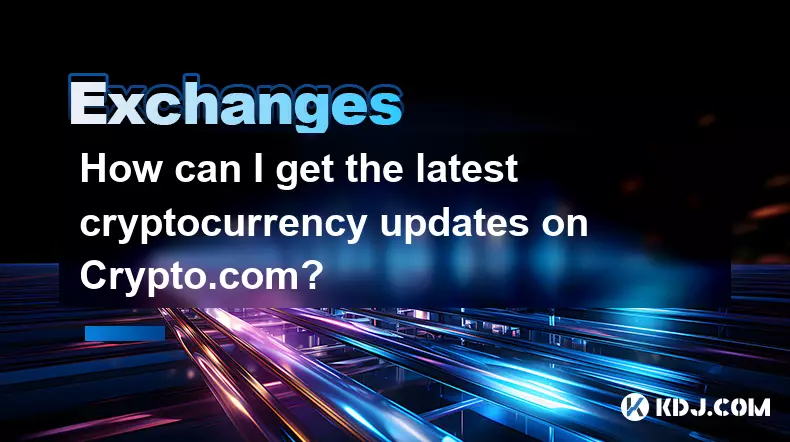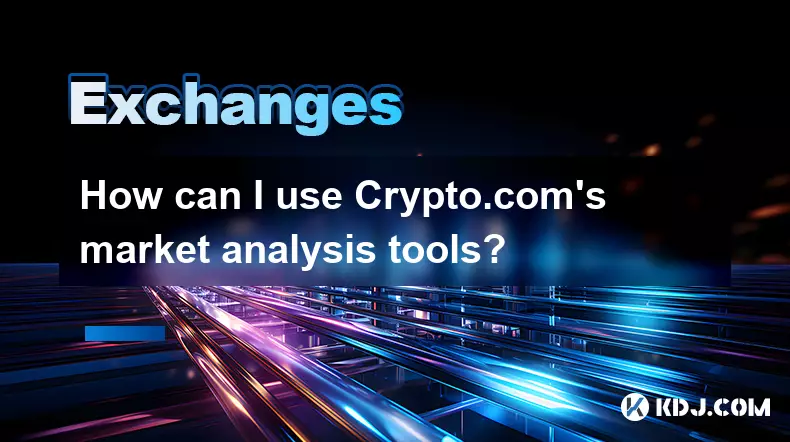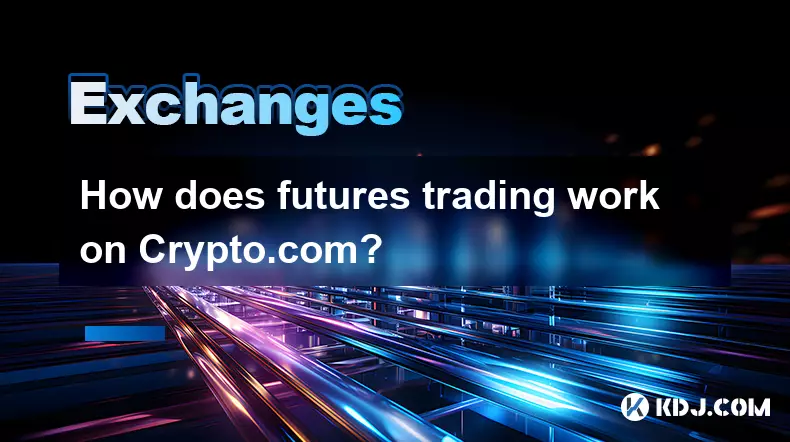-
 bitcoin
bitcoin $109547.008142 USD
0.04% -
 ethereum
ethereum $4011.838726 USD
-0.05% -
 tether
tether $1.000402 USD
-0.01% -
 xrp
xrp $2.798606 USD
0.88% -
 bnb
bnb $970.877944 USD
1.39% -
 solana
solana $202.237275 USD
-0.95% -
 usd-coin
usd-coin $0.999673 USD
0.00% -
 dogecoin
dogecoin $0.229294 USD
-1.15% -
 tron
tron $0.336370 USD
-0.45% -
 cardano
cardano $0.777260 USD
-1.66% -
 hyperliquid
hyperliquid $45.503019 USD
1.73% -
 ethena-usde
ethena-usde $1.000362 USD
0.01% -
 chainlink
chainlink $20.785303 USD
-1.10% -
 avalanche
avalanche $28.755822 USD
-0.11% -
 stellar
stellar $0.358303 USD
-0.48%
What is the difference between OKX's isolated and cross-margin trading models?
Isolated margin on OKX limits risk to a specific amount per trade, protecting other positions and offering precise control for targeted risk management.
Sep 22, 2025 at 07:54 pm

Understanding Isolated Margin in OKX Trading
1. In the isolated margin model, traders allocate a specific amount of collateral to a particular position. This means that only the designated funds are at risk for that trade.
2. If a liquidation occurs under isolated margin, only the margin assigned to that position is lost. Other positions and available balance remain unaffected, offering better control over risk exposure.
3. Traders can manually adjust the leverage and margin for each isolated position independently. This flexibility allows for customized risk management across different trades.
4. Since the margin is fixed, profit and loss calculations are straightforward. The maximum loss is limited to the isolated margin amount, making it easier to plan entry and exit strategies.
5. Isolated margin is ideal for traders who want precise control over individual trade risks and prefer to avoid cascading losses across their portfolio.
Exploring Cross-Margin Functionality on OKX
1. Cross-margin uses the entire available balance in a trader’s account as collateral for all open positions. This pooled margin approach increases capital efficiency.
2. When market conditions shift, the system automatically allocates available funds to prevent liquidation across positions. This dynamic support helps maintain open trades during volatility.
3. Because all positions share the same margin pool, a significant loss in one trade can impact the stability of others. This interconnectedness increases systemic risk within the account.
4. Leverage is applied collectively rather than per trade, which simplifies management but reduces granular control. Traders must monitor overall account health closely.
5. Cross-margin suits experienced users who prioritize capital utilization and are confident in managing broader portfolio-level risks.
Risk and Capital Efficiency Comparison
1. Isolated margin limits downside to predefined amounts, making it inherently safer for new or conservative traders navigating volatile crypto markets.
2. Cross-margin maximizes the use of available funds by sharing equity across positions, enabling higher effective leverage and potentially greater returns.
3. Liquidation in cross-mode can be delayed due to automatic margin infusion from the general balance, providing a buffer during short-term price swings.
4. However, a deep drawdown in cross-margin mode may lead to total account wipeout if losses exceed the combined equity, unlike isolated setups where damage is contained.
5. The choice between models hinges on whether a trader values compartmentalized risk or optimized funding distribution.
Operational Flexibility and Use Cases
1. Day traders focusing on short-term altcoin pairs often use isolated margin to cap exposure and test strategies without endangering principal capital.
2. Position traders holding leveraged BTC or ETH contracts may opt for cross-margin to benefit from extended solvency during consolidation phases.
3. Portfolio managers running multiple correlated trades sometimes combine both modes—using isolated for speculative assets and cross for core holdings.
4. OKX allows switching between modes under certain conditions, giving users adaptive tools based on evolving market dynamics.
5. Proper understanding of these models empowers traders to align their margin strategy with personal risk tolerance and trading objectives.
Frequently Asked Questions
Can I change from isolated to cross-margin after opening a position?No, once a position is opened with isolated margin, it cannot be switched to cross-margin during its lifetime. The margin mode must be selected at the time of position creation.
Does cross-margin increase my chances of avoiding liquidation?Yes, because cross-margin draws from the entire account balance to support positions, it provides additional buffer against liquidation compared to isolated margin, which relies solely on allocated funds.
How is profit calculated differently between the two models?Profit calculation is based on price movement and leverage, not the margin type. However, in cross-margin, realized gains contribute to the shared equity pool, while in isolated margin, profits are tied directly to the specific position's margin.
Are funding fees affected by the choice of margin mode?Funding fees are determined by the perpetual contract market and are independent of whether isolated or cross-margin is used. The fee structure remains consistent across both models.
Disclaimer:info@kdj.com
The information provided is not trading advice. kdj.com does not assume any responsibility for any investments made based on the information provided in this article. Cryptocurrencies are highly volatile and it is highly recommended that you invest with caution after thorough research!
If you believe that the content used on this website infringes your copyright, please contact us immediately (info@kdj.com) and we will delete it promptly.
- Whale Movements, XPL Token, and Hyperliquid: Decoding the Crypto Tides
- 2025-09-28 14:25:14
- BullZilla Roars: Presales, Ripple, and TRON in the Crypto Jungle
- 2025-09-28 14:25:14
- Nation-State Bitcoin Adoption: Samson Mow's Perspective on the 'Suddenly' Moment
- 2025-09-28 14:45:12
- XRP Price, WallStreetBets, and Rally Prediction: A New Era?
- 2025-09-28 14:45:12
- Pi Network, Sign Protocol, and the Binance Listing Buzz: What's the Deal?
- 2025-09-28 14:30:01
- BTC, HODLers, and a Potential Bull Run: A New Yorker's Take
- 2025-09-28 14:30:01
Related knowledge

How can I get the latest cryptocurrency updates on Crypto.com?
Sep 26,2025 at 07:54am
Accessing Real-Time Crypto Market Data on Crypto.com1. Navigate to the Crypto.com website or open the mobile application to access live price charts a...

How can I use Crypto.com's market analysis tools?
Sep 23,2025 at 01:54am
Understanding Crypto.com’s Market Analysis Dashboard1. Accessing the market analysis tools begins with logging into your Crypto.com account through th...

Where can I view my Crypto.com asset transfer history?
Sep 27,2025 at 08:54pm
Accessing Your Crypto.com Asset Transfer History1. Log in to your Crypto.com app or web platform using your registered credentials. Once authenticated...

How can I unlink my Crypto.com payment method?
Sep 23,2025 at 12:54am
Understanding Payment Methods on Crypto.com1. Crypto.com allows users to link various payment methods including credit cards, debit cards, and bank ac...

How can I whitelist withdrawal addresses on Crypto.com?
Sep 28,2025 at 03:19pm
Understanding Address Whitelisting on Crypto.comWhitelisting withdrawal addresses on Crypto.com is a security feature designed to protect users from u...

How does futures trading work on Crypto.com?
Sep 27,2025 at 06:37am
Futures Trading Mechanics on Crypto.com1. Futures trading on Crypto.com allows users to speculate on the future price of cryptocurrencies without owni...

How can I get the latest cryptocurrency updates on Crypto.com?
Sep 26,2025 at 07:54am
Accessing Real-Time Crypto Market Data on Crypto.com1. Navigate to the Crypto.com website or open the mobile application to access live price charts a...

How can I use Crypto.com's market analysis tools?
Sep 23,2025 at 01:54am
Understanding Crypto.com’s Market Analysis Dashboard1. Accessing the market analysis tools begins with logging into your Crypto.com account through th...

Where can I view my Crypto.com asset transfer history?
Sep 27,2025 at 08:54pm
Accessing Your Crypto.com Asset Transfer History1. Log in to your Crypto.com app or web platform using your registered credentials. Once authenticated...

How can I unlink my Crypto.com payment method?
Sep 23,2025 at 12:54am
Understanding Payment Methods on Crypto.com1. Crypto.com allows users to link various payment methods including credit cards, debit cards, and bank ac...

How can I whitelist withdrawal addresses on Crypto.com?
Sep 28,2025 at 03:19pm
Understanding Address Whitelisting on Crypto.comWhitelisting withdrawal addresses on Crypto.com is a security feature designed to protect users from u...

How does futures trading work on Crypto.com?
Sep 27,2025 at 06:37am
Futures Trading Mechanics on Crypto.com1. Futures trading on Crypto.com allows users to speculate on the future price of cryptocurrencies without owni...
See all articles










































































